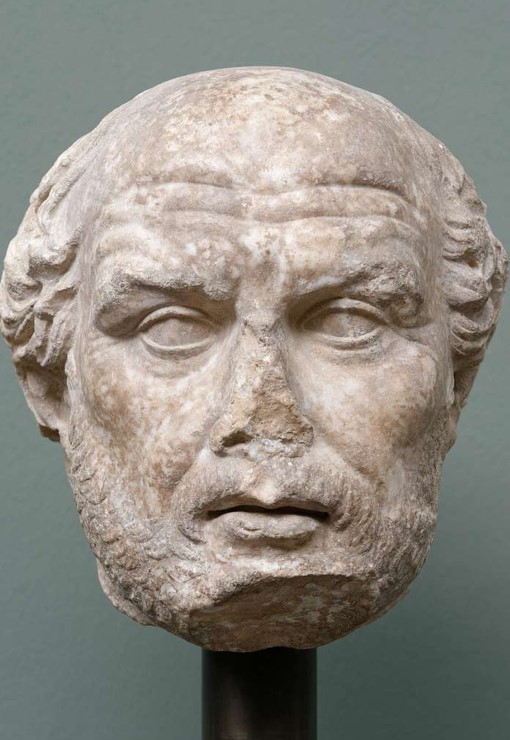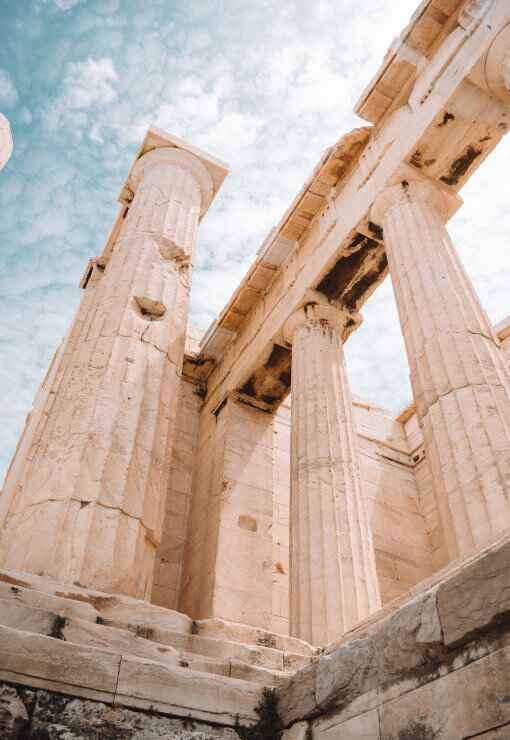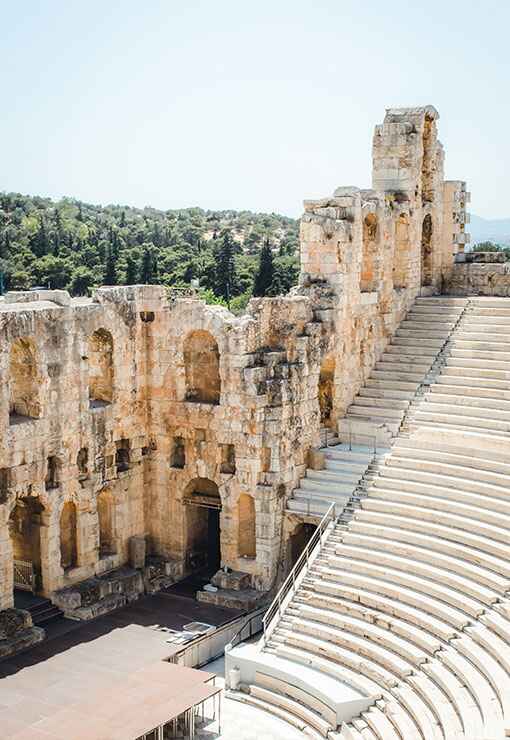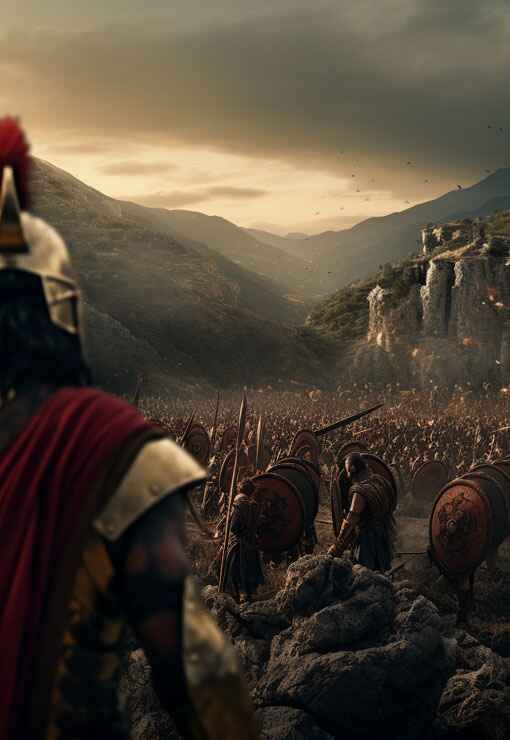

Ancient Greek free-standing sculpture represents one of the pinnacles of Greek artistic achievement, showcasing the Greeks' mastery of form, movement, and realism. These sculptures, ranging from the archaic period to the Hellenistic era, reflect the evolution of Greek art and its profound impact on Western aesthetics.
Archaic Period: The Archaic period (circa 700-480 BCE) saw the emergence of the kouros (male) and kore (female) statues. These early sculptures were characterized by their rigid, frontal poses and a formalized smile known as the "Archaic smile." Kouros figures, often nude, represented idealized youth and were used as grave markers or offerings to gods, while kore figures, draped in elaborate clothing, served similar purposes.
Classical Period: The Classical period (circa 480-323 BCE) marked a significant advancement in Greek sculpture, emphasizing naturalism, idealized beauty, and dynamic poses. Sculptors like Phidias, Polykleitos, and Myron achieved a heightened sense of realism and proportion. Polykleitos's "Doryphoros" (Spear Bearer) exemplified the use of contrapposto, where the figure's weight is shifted onto one leg, creating a more naturalistic and relaxed stance. This period also saw the creation of monumental works, such as the statues of Zeus and Athena in their respective temples.
Hellenistic Period: The Hellenistic period (circa 323-31 BCE) expanded on the innovations of the Classical period, introducing more emotional expression, intricate details, and dynamic compositions. Sculptors like Lysippos and Praxiteles pushed the boundaries of realism and movement. Notable works include the "Laocoön and His Sons," which captures intense emotion and struggle, and the "Winged Victory of Samothrace," celebrated for its sense of motion and dramatic drapery.
Materials and Techniques: Greek sculptors primarily used marble and bronze for their free-standing sculptures. Marble, sourced from quarries such as those in Paros and Naxos, was favored for its fine grain and ability to hold intricate details. Bronze was valued for its strength and versatility, allowing for more dynamic and complex poses. The lost-wax casting technique was commonly used for bronze sculptures, enabling the creation of detailed and durable works.
Religious and Cultural Significance: Free-standing sculptures played a crucial role in Greek religious and cultural life. They adorned temples, sanctuaries, and public spaces, serving as representations of gods, heroes, and idealized human forms. These sculptures were not only objects of veneration but also symbols of civic pride and communal identity. Their presence in public and sacred spaces underscored their importance in expressing religious devotion, commemorating individuals, and celebrating athletic and military achievements.
Influence and Legacy: The legacy of ancient Greek free-standing sculpture is profound, influencing Roman art and, subsequently, the entire Western artistic tradition. The emphasis on naturalism, proportion, and idealized beauty established standards that continued to inspire artists throughout the Renaissance and into the modern era. Greek sculptures remain central to the study of art history and are celebrated for their technical brilliance and aesthetic achievements.
Preservation and Rediscovery: Many original Greek bronze sculptures were melted down over the centuries, but their forms survived through Roman marble copies. Archaeological discoveries and advancements in restoration techniques have allowed for the preservation and appreciation of these masterpieces. Museums around the world house significant collections of ancient Greek sculptures, enabling contemporary audiences to connect with this extraordinary artistic heritage.
Phidias was an ancient Greek sculptor, painter, and architect renowned for his extraordinary skills and contributions to classical art during the Golden Age of Athens.
More
Praxiteles was an ancient Greek sculptor renowned for his contributions to classical sculpture during the late 4th century BCE. His works are celebrated for their grace, naturalism, and sensitivity to the human form.
More
Ancient Greek art and architecture, with its harmonious proportions and timeless elegance, continue to inspire awe and admiration millennia later.
Discover
Greek mythology, a rich tapestry of gods, heroes, and mythical creatures, captivates the imagination with its tales of love, betrayal, and epic adventures that delve into the depths of the human psyche.
Discover
Ancient Greek history, marked by remarkable achievements in democracy, philosophy, and warfare, shaped the foundation of Western civilization, leaving an indelible legacy of innovation and cultural influence that continues to resonate to this day.
Discover
The ancient Greek Olympics, held in Olympia every four years, celebrated athleticism, unity, and cultural pride, serving as a testament to the enduring spirit of competition and excellence that transcends time and borders.
Discover
Ancient Greek wars, such as the Persian Wars and the Peloponnesian War, were pivotal conflicts that shaped the course of history, highlighting the struggle for power, independence, and the clash of civilizations in the ancient Mediterranean world.
Discover
Ancient Greek culture and society, characterized by its emphasis on art, philosophy, and civic engagement, fostered a vibrant intellectual and social landscape where innovation flourished, democracy thrived, and the pursuit of knowledge and excellence was celebrated as fundamental values of civilized life.
Discover
Find out more about ancientgreece.com